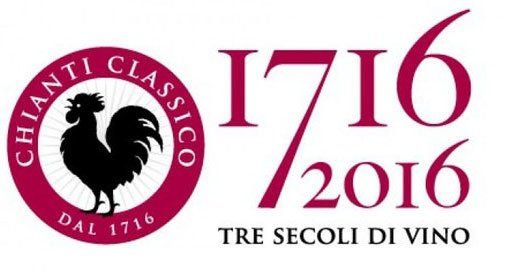Call us: +39 3803228480
The history of the
Chianti Classico.
A territory and its wine
The first document that contains the oldest reference to Chianti, in the qualification of origin of its wine, dates back to 1398.
In the sixteenth century this wine began to be consumed also by the Popes, for example Pope Paul III around 1536 on the advice of Sante Lancerio, historian and geographer, but above all his personal bottler.
It was 1716 when the Grand Duke of Tuscany Cosimo III set the boundaries of the Chianti production area in a tender, an area between the cities of Florence and Siena where the homonymous wine was born, which was already enjoying great success at that time.
In 1932, through a specific ministerial decree, the suffix "Classico" was added to distinguish the Chianti produced in the aforementioned area of origin.
In 1984, Chianti Classico obtained the DOCG (Controlled and Guaranteed Designation of Origin), the highest recognition for quality Italian wines.
The brand that has always distinguished the bottles of Chianti Classico is the Black Rooster, the historical symbol of the ancient Military League of Chianti, reproduced among other things by the painter Giorgio Vasari on the ceiling of the Salone dei Cinquecento, in the Florentine Palazzo Vecchio.
The symbol comes from a singular legend set in the medieval period.
His story practically marked the definition of the political boundaries of the entire Chianti area, because it was precisely the behavior of a black rooster to decide their fate.
Legend has it that in the medieval period, when the Republics of Florence and Siena fought bitterly to prevail over each other, the Chianti area, precisely because it was intermediate between the two cities, was the subject of almost continuous disputes. To put an end to the disputes and establish a definitive border, a bizarre and singular system was adopted.
It was agreed to have two knights leave from their respective capitals and to fix the border at their meeting point.
The departure was to take place at dawn and the start signal would be the crowing of a cock.
This last decision was in line with the customs of the time, when the daily rhythms were still marked by natural mechanisms. In the preparations for the event, therefore, the choice of the rooster had to be decisive, rather than that of the steed and the rider.
The Sienese chose a white one, while the Florentines opted for a black one, which they kept locked up in a small and dark house almost fasting for many days.
On the fateful day of departure, as soon as it was removed from the coop, the black rooster began to crow loudly even though dawn was still far away.
His song therefore allowed the knight of Florence to leave immediately and with great advantage over the Sienese one, who had to wait for the first light of day, when his rooster, singing regularly, allowed him to leave. But given the considerable delay that he had accumulated towards the antagonist, the Sienese knight traveled only twelve kilometers in solitude, since in Fonterutoli he met the other knight.
Thus it was that almost all of Chianti passed under the control of the Florentine Republic, long before the fall of Siena itself.
Azienda Agricola
Podere San Pierino
Via San Piero di Sotto, 28
Loc. Podere San Pierino
50026 San Casciano in Val di Pesa Firenze
info@poderesanpierino.it
Orari di apertura al pubblico:
Dal lunedì al giovedl 9h00- 13h00 -14h00 19h00
Venrdì 15h00 - 19h00
Sabato 15h00 - 19h00
Domenica 15h00 - 19h00
Degustazioni su prenotazione.
Apertura anche in orari personalizzati su richiesta telefonica
Copyright @ 2003-2024 Podere San Pierino. All rights reserved. | VAT N. IT06075540481 | Privacy Policy |
Made in Tuscany ♥ with love.









